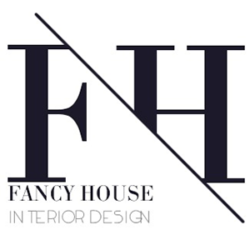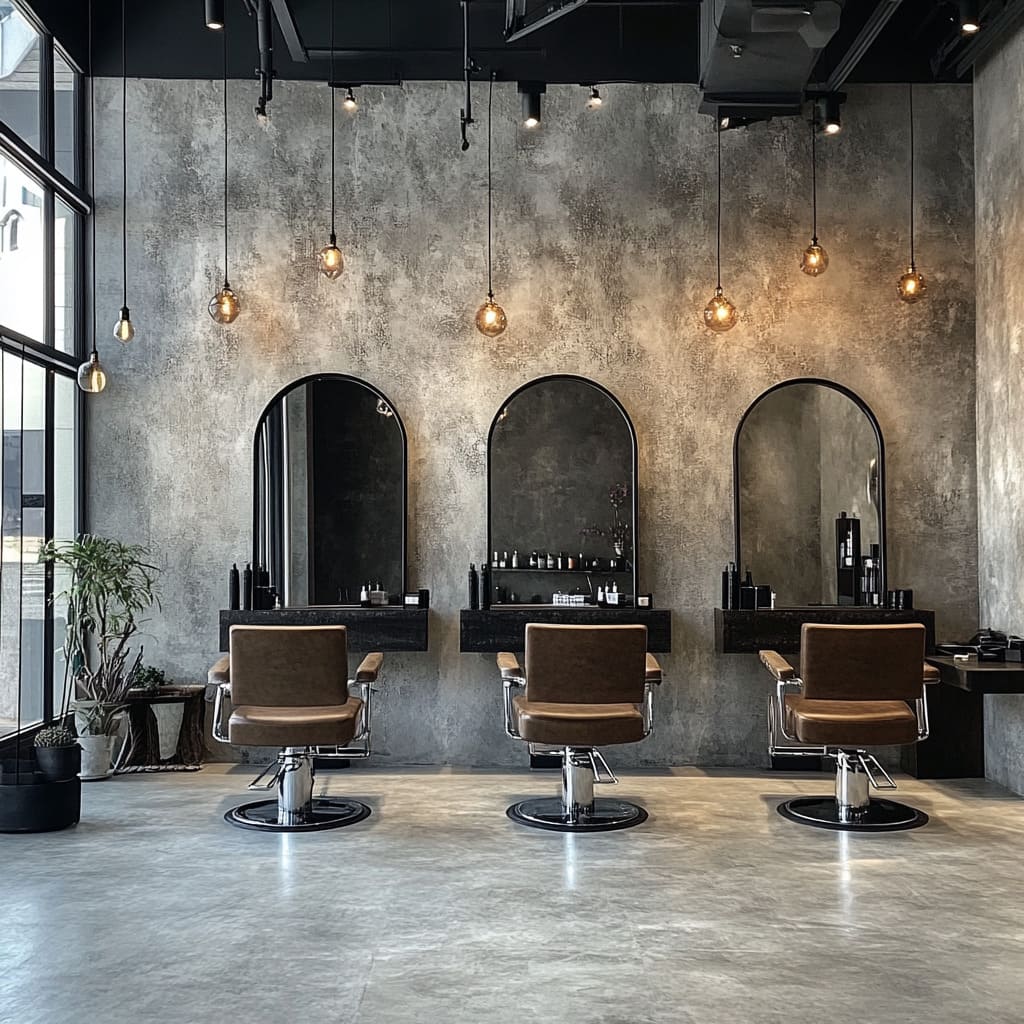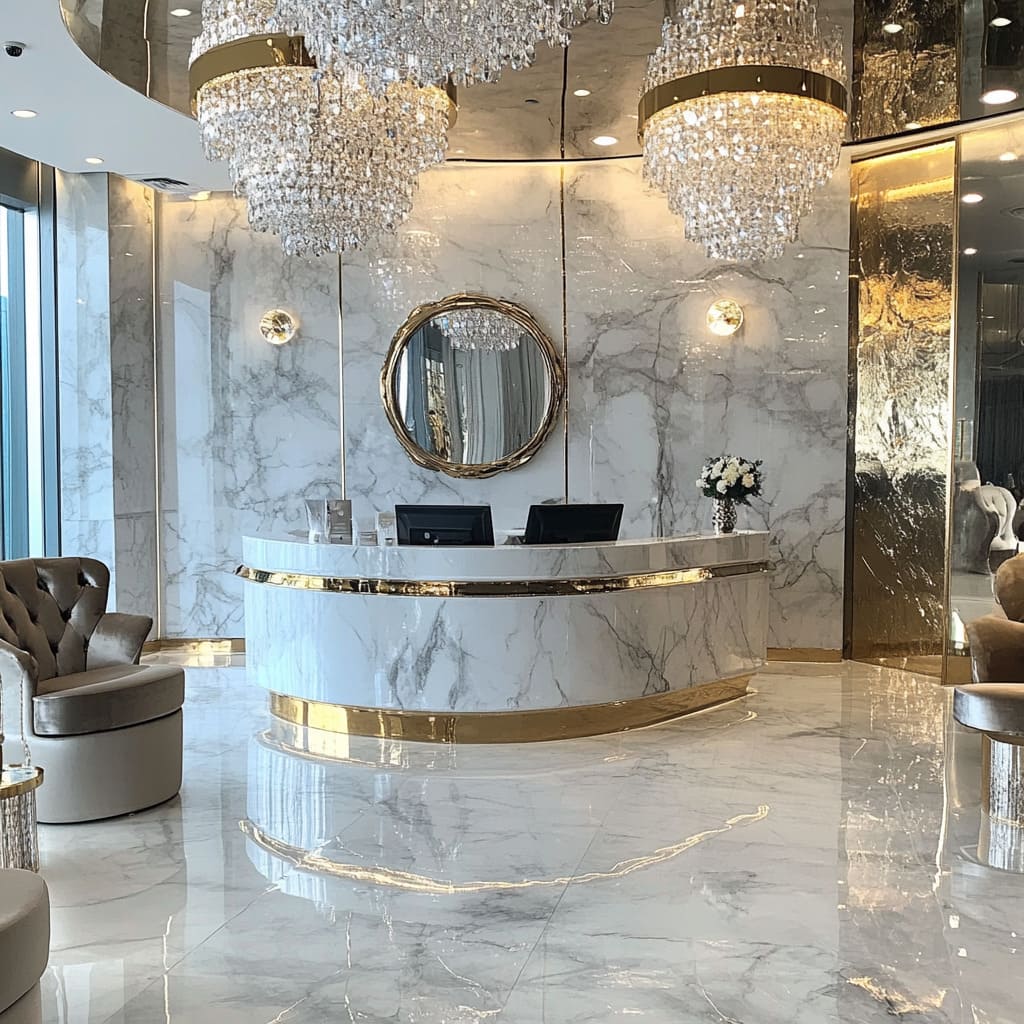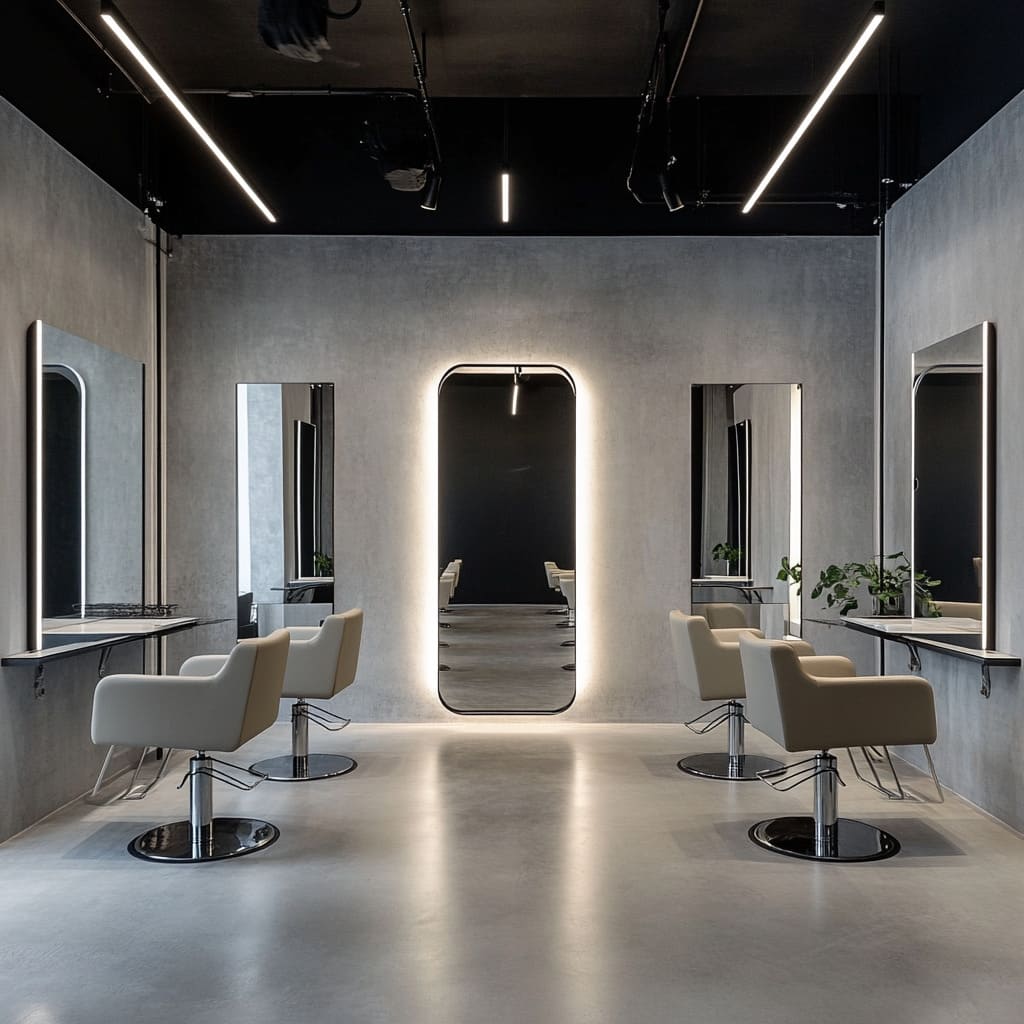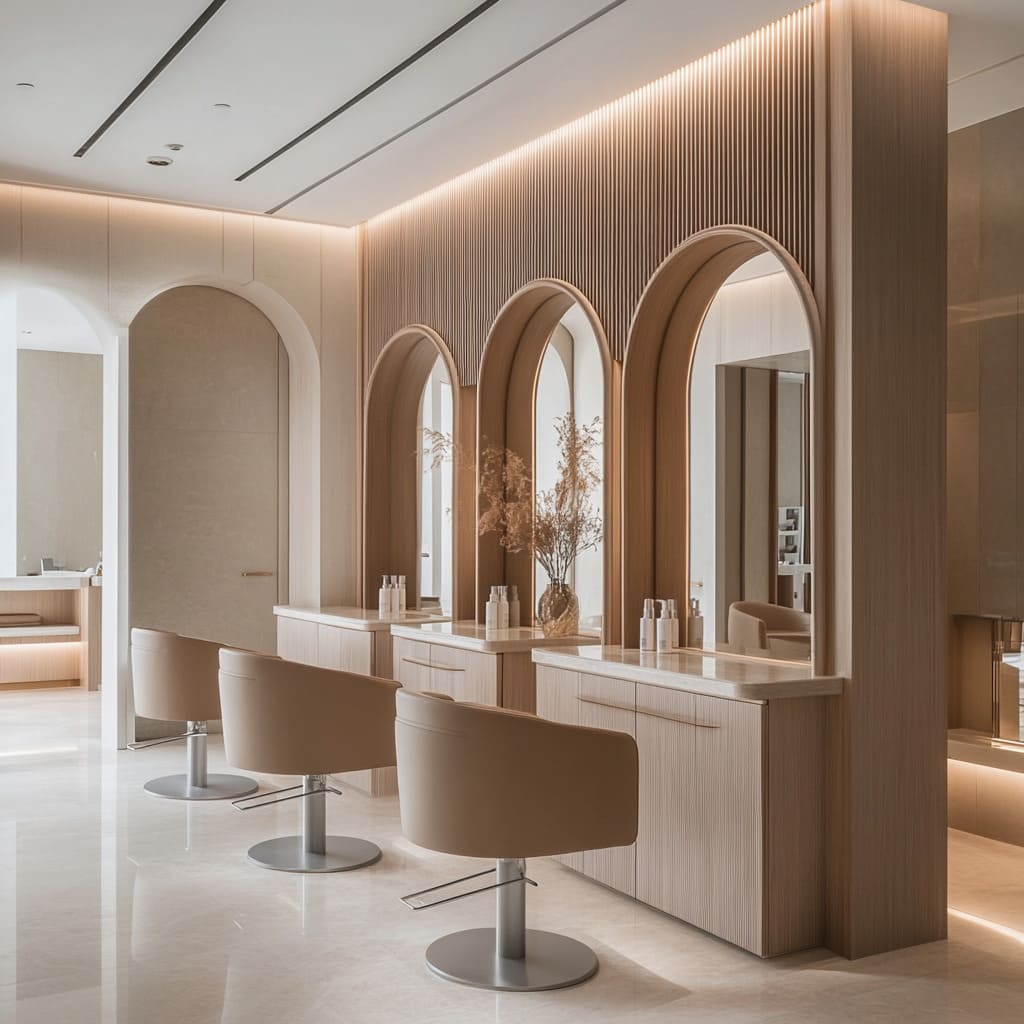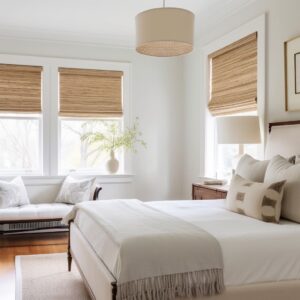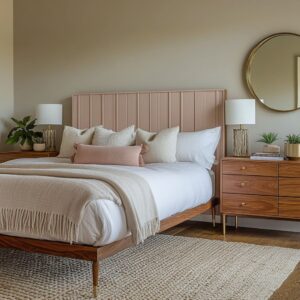The beauty industry in Dubai has experienced considerable transformation over the last several years. One of the most notable shifts is the growing popularity of home salon services.
This trend has introduced new ways for customers to access beauty and personal care treatments without visiting traditional brick-and-mortar salons. As a result, many industry professionals are reevaluating long-standing business models.
One question that frequently arises is whether investing in the physical design and aesthetics of a salon space is still necessary in today’s changing market landscape. While home salons offer convenience, traditional salons provide a physical space that can deliver a different type of customer experience—one that is often shaped by its interior design.
Questions Emerging from This Industry Shift
As home salon services expand across Dubai, both established salon owners and new beauty entrepreneurs are examining the future of their businesses. The conversation often revolves around a few central concerns:.
- Are traditional salons becoming less relevant as more people opt for at-home services?
- Does the interior design of a physical salon still have an impact when many beauty services are now accessible through digital platforms and mobile providers?
These questions reflect the broader uncertainty brought about by technological advancements and evolving customer preferences. Some experts argue that the personal touch and atmosphere of a physical salon will always have value, while others highlight the practicality and flexibility that home salons offer. Additionally, customer expectations are changing. Some clients prioritize efficiency and privacy, while others still seek out spaces that provide a luxurious or social environment. These differing priorities make it difficult to predict whether the physical salon, with its focus on design and in-person experience, will remain the standard.
Growth of the Beauty and Personal Care Market in the UAE
Despite the increasing interest in home-based services, data indicates that the overall beauty and personal care industry in the UAE continues to grow steadily. A report by Statista projects a growth rate of 1,88% between 2025 and 2030, with the sector expected to reach a market volume of USD 1,439 million by 2030.
This growth can be attributed to factors such as population expansion, increased disposable income, and a strong emphasis on personal appearance within the region. However, the way services are delivered is evolving.
The rise of home salon services is reshaping how businesses connect with clients. Many new providers are focusing on mobile convenience rather than maintaining a fixed location.
This trend challenges traditional salon owners to reconsider their investment priorities. Should they continue spending on high-end interiors, or should they focus on adapting to mobile service delivery models that emphasize flexibility and efficiency?
What Are Home Salon Services?
The rise of home salon services in Dubai has transformed the beauty industry, offering clients the convenience of professional treatments without the need to visit a physical salon. Home salon services refer to professional beauty and personal care treatments performed at the client’s home rather than in a commercial salon setting.
These services can include haircuts, hairstyling, facials, waxing, manicures, pedicures, and massages. Whether one is looking for gel nails or wanting a home acrylic nails in Dubai, she can get thhat salon service at your home.
In Dubai, the demand for home salon services has increased due to several factors, including convenience, privacy, and time savings.
Busy professionals often prefer home services because they eliminate travel time and allow for flexible scheduling.
Additionally, some clients appreciate the privacy of receiving treatments at home, away from crowded public spaces. This trend has also been influenced by public health concerns during recent years, as many people sought alternatives to visiting high-traffic locations.
Home salon services are typically booked through mobile apps, social media, or direct contact with freelance beauty professionals. The customer experience is personalized, with many providers bringing their own equipment and products to deliver a salon-like service at home.
However, because these businesses often operate without a dedicated commercial space, interior design is not a significant factor in their service delivery.
Interior Design Considerations for Home Salon Services
In the case of home salon services, the focus is on mobility, efficiency, and service quality rather than the design of a physical space. Since professionals travel to the client’s residence, there is no need to invest in salon interiors, décor, or layout planning.
Instead, resources are often directed toward building a strong online presence, acquiring portable equipment, and maintaining high hygiene standards. Branding for home salons depends more on reputation, customer reviews, and digital marketing than on physical spaces.
Many home salon providers use social media to showcase their work, highlight client testimonials, and demonstrate their skills through before-and-after photos or videos. In this business model, customer perception is shaped by the quality of service, punctuality, and professionalism rather than the ambiance of a physical location.
Cleanliness, the use of sanitized tools, and respectful behavior become key components in building trust and loyalty with clients. Because home salon professionals work in a variety of environments, flexibility and adaptability are important skills.
Interior design plays little to no role in the success of these businesses.
Traditional Salons in Dubai
Despite the rise of home salons, traditional salons remain a prominent part of Dubai’s beauty industry. These establishments offer a variety of services in a dedicated space designed specifically for beauty treatments.
In a traditional salon setting, clients experience an environment tailored to relaxation, comfort, and social interaction. Many customers still prefer visiting salons for services that require specialized equipment or a more comprehensive experience, such as spa treatments, hair coloring, or bridal makeup.
Traditional salons in Dubai often cater to a diverse clientele, including both residents and tourists seeking high-end services. In this context, interior design becomes a tool for expressing the salon’s brand identity.
Elements such as the choice of color scheme, furniture style, lighting, and layout contribute to the overall atmosphere of the salon.
Some salons aim for a modern and minimalist look, while others may embrace a more luxurious, opulent aesthetic.
In both cases, the design reflects the salon’s target market and service offering. The physical space of the salon serves as an extension of its brand, with attention paid to customer comfort and visual appeal.
Why Interior Design Still Plays a Role in Traditional Salons
Research highlights that in traditional salons, interior design can influence how clients perceive the quality and professionalism of the business. Studies have shown that the physical environment of a service space can impact customer satisfaction, mood, and their decision to return.
For example, elements such as seating comfort, lighting temperature, and color palette can affect the way clients feel during their visit. A well-designed space can also help streamline operations, making it easier for staff to provide efficient service.
Thoughtful layout planning ensures smooth customer flow, reduces waiting times, and improves overall organization within the salon. Additionally, design choices such as soundproofing and ventilation can enhance comfort by minimizing noise and maintaining a pleasant atmosphere.
In Dubai’s competitive market, traditional salons often rely on interior design to differentiate themselves from other providers. A unique or aesthetically appealing space can attract new clients and encourage social sharing, as customers often take photos and post about their experiences.
While some salons focus on high-end finishes and luxurious materials, others prioritize sustainability, using eco-friendly materials and energy-efficient lighting. In both cases, design remains a tool for shaping the salon’s identity and customer perception.
Comparison Between Home Salons and Traditional Salons
The rise of home salons has introduced an alternative model to traditional salon experiences. Each model has its own strengths and limitations, and the choice between them often depends on the preferences of both clients and business owners.
- Home Salons:
Home salons emphasize convenience, flexibility, and personalized care. Clients can schedule services at times that suit them and enjoy treatments in the privacy of their own homes. However, home salon providers may face challenges such as transporting equipment, adapting to different home environments, and building trust without a physical location. Interior design does not play a role in this model, as services are delivered on a mobile basis. - Traditional Salons:
Traditional salons use physical space as part of their customer experience strategy. Interior design helps create an environment that enhances relaxation, communicates brand values, and provides a setting for services that may require specialized equipment or group spaces. Salons with appealing designs may attract walk-in clients and benefit from increased visibility. However, maintaining a physical space involves additional costs, including rent, utilities, and ongoing design updates.
Conclusion
The relevance of salon interior design depends largely on the service model a business adopts. For home-based services, interior design is generally not a factor in success.
Mobile convenience, service quality, and professionalism are the main priorities for home salons in Dubai. In contrast, traditional salons continue to rely on interior design to support their business objectives, enhance customer experiences, and establish a recognizable brand presence.
As the beauty industry in Dubai evolves, businesses will need to assess their target clientele and service delivery models to determine where to focus their resources. While home salons offer a practical solution for many clients, physical salons with thoughtfully designed interiors continue to hold value for customers seeking a more immersive, in-person experience.
